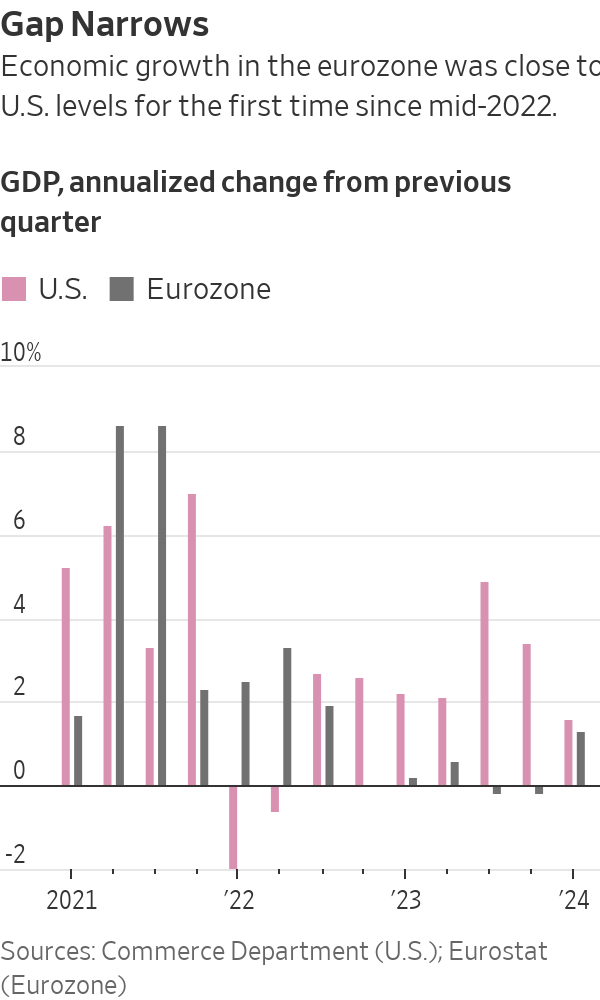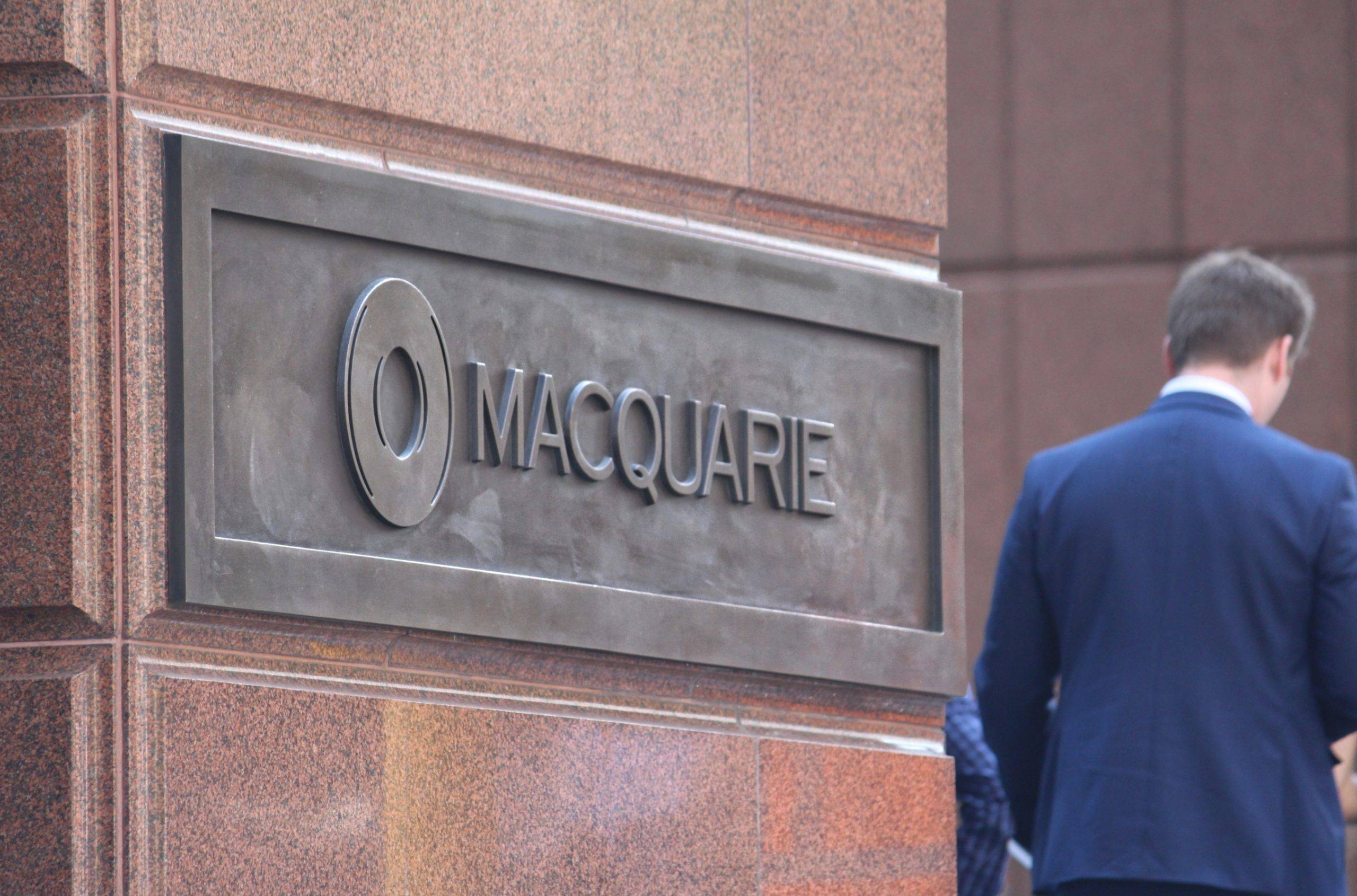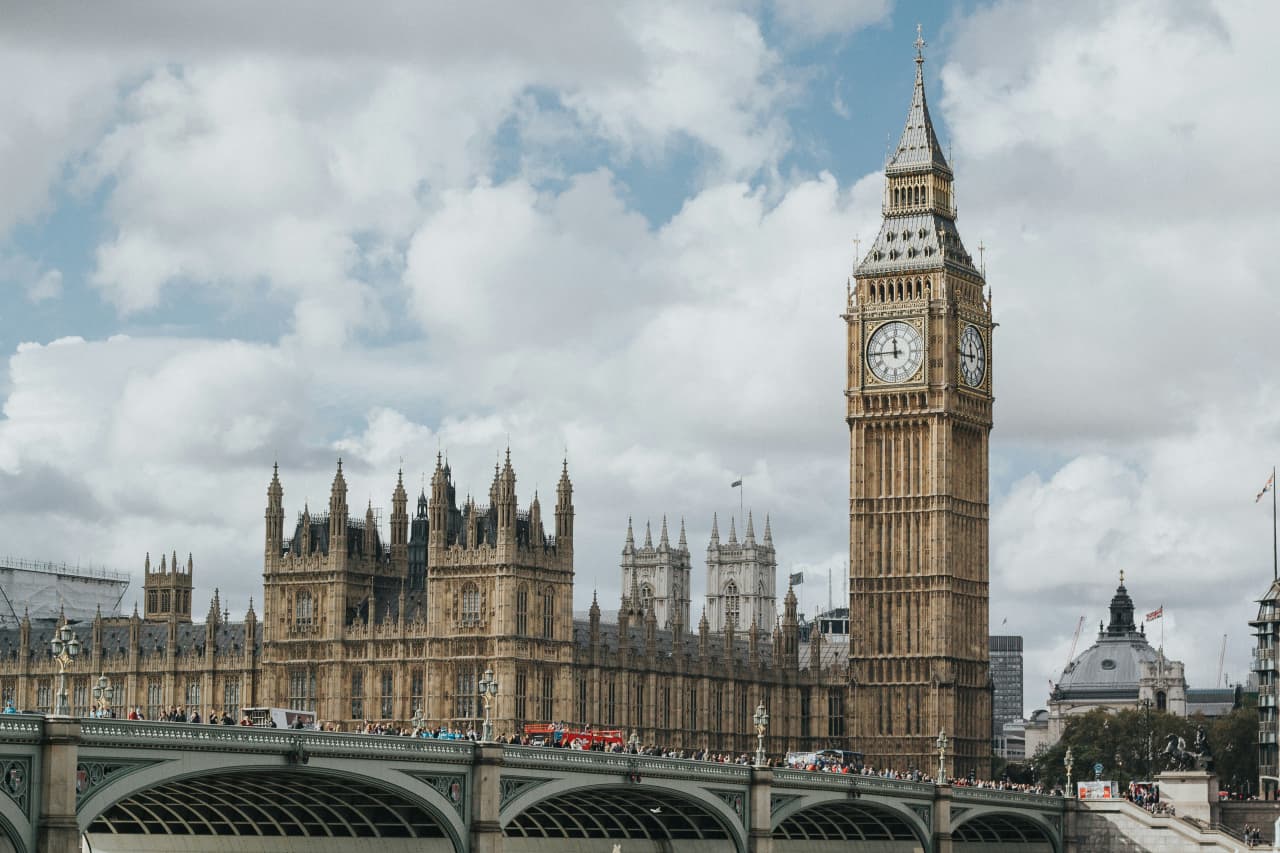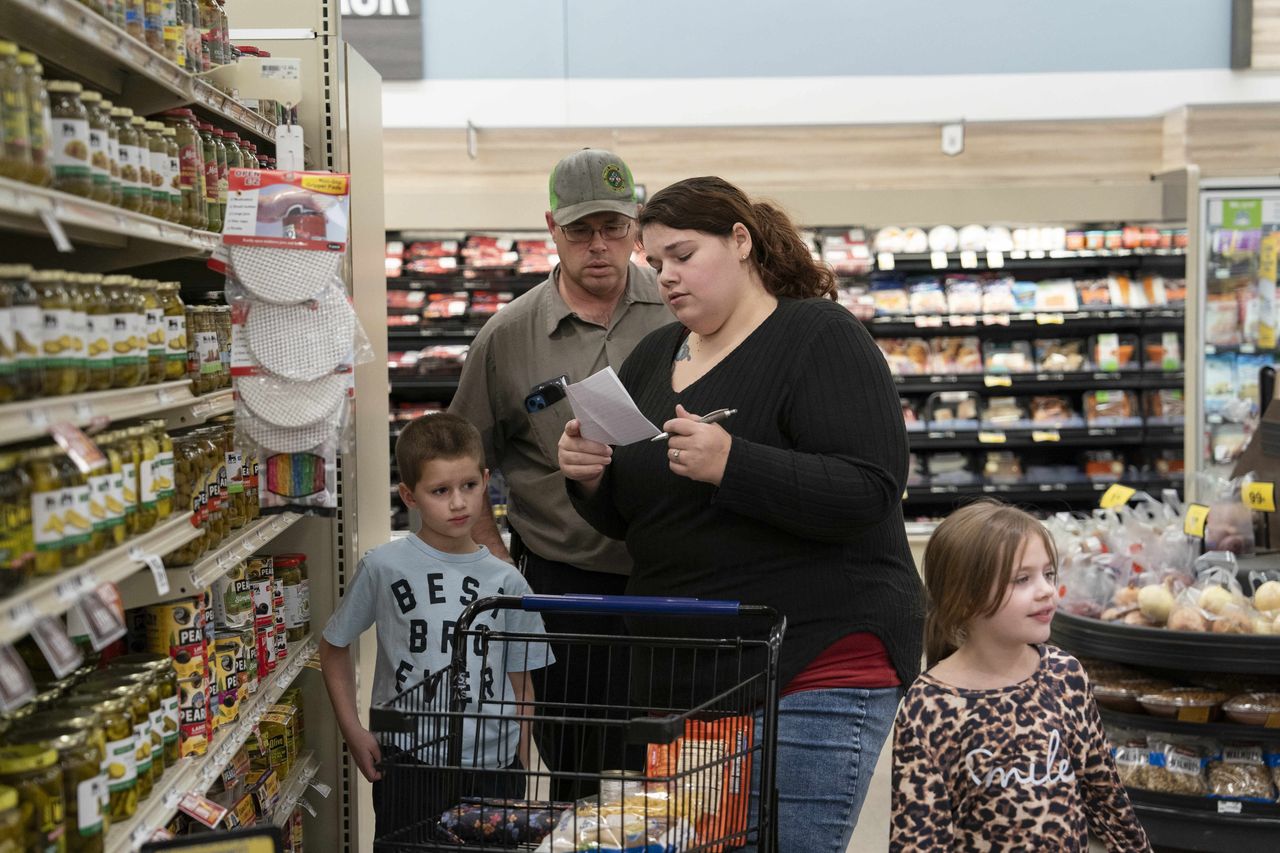Tech Stocks Got Hit Hard. Where to Find Bargains Now.
The technology sector may not be on sale, but it certainly has gotten cheaper lately.
Major technology stocks like Apple (ticker: AAPL), Alphabet (GOOGL), Microsoft (MSFT), and Meta Platforms (FB) are down 10% to 17% from their 2021 highs.
But highfliers in the tech sector and elsewhere like Snap (SNAP), Zoom Video Communications (ZM), Roku (ROKU), Zillow Group (Z), and Teladoc Health (TDOC) are more than 50% and in some cases 75% off their peaks of last year. The selloff has been particularly severe in unprofitable companies that had been valued at elevated multiples of more than 10 times sales.
Investors may want to consider some of the tech leaders and bottom fish among the busted growth stocks.
Mark Stoeckle, manager of the Adams Diversified Equity (ADX), a $2.5 billion closed-end fund, favors the industry leaders including Alphabet, Meta Platforms (formerly Facebook), and Amazon.com (AMZN).
“Investors aren’t making a big enough distinction between the megacap tech stocks and the hair-on-fire multiples of revenue tech stocks,” he says. “The big tech stocks are trading at much lower valuations and are generating immense amounts of free cash flow.”
The Adams fund, whose shares trade at $18, a roughly 13% discount to its net asset value, has sizable stakes in the tech giants.
Take Alphabet. Its class C shares (GOOG) are off 0.4% to $2658.26 Friday and are down about 10% from their late 2021 highs. Alphabet is valued at 23 times projected 2022 earnings of $114 a share.
That price-to-earnings ratio arguably overstates its valuation because Alphabet is losing about $8 a share annually at its Other Bets and cloud computing businesses that are valuable but are absorbing a lot of investment spending. Strip out those losses and adjust for Alphabet’s net cash of more than $125 billion, and the effective 2022 P/E is closer to 20 for a company that is expected to generate 17% revenue growth this year.
Meta Platforms, whose shares were down 2.3%, to $309.42, Friday, trades for 22 times projected 2022 earnings of $14 a share. Those profits are after enormous spending, including $10 billion on the metaverse. If CEO Mark Zuckerberg weren’t investing so heavily, Facebook profits would be much higher.
“I don’t know if the metaverse is going to work, but with Facebook you’re getting an incredibly durable core business throwing off a lot of cash and an option on the metaverse,” Stoeckle says.
Amazon has been hit the hardest among the tech giants. Its shares at $2,937, are off over 3% Friday and down more than 20% from its 2021 peak. Investors fear that it was a stay-at-home beneficiary whose growth may slow as the economy continues to reopen.
Amazon is no bargain at about 60 times projected 2022 earnings of $50 a share, but some investors separate its market-leading cloud computing business, Amazon Web Services, from the retail operations. AWS could generate $80 billion of revenue this year, up from an estimated $62 billion in 2021 and the business could be worth $1 trillion, meaning that investors may be paying just $500 billion, or little more than one times sales for the core retail business and a growing and lucrative ad business.
Apple and Microsoft both have dominant franchises and fetch close to 30 times projected 2022 earnings.
Netflix (NFLX), whose shares were being pummeled Friday, falling 24%, or $121, to $387.06, is getting more appealing from a valuation standpoint. The company’s guidance for subscriber growth in the current quarter of 2.5 million was way below expectations of 5.7 million and analysts have cut earnings estimates for both 2022 and 2023.
It trades for about 34 times projected 2022 earnings and 25 times estimated 2023 profits after its shares gave back all their gains of the past four years. The 2022 and 2023 estimates are from Evercore ISI analyst Mark Mahaney who took down his projections in the wake of the Netflix profit report Thursday. He cut his rating to In-line from Outperform and reduced his price target to $525 from $710 a share.
Among the former favorites, Zoom Video, whose shares were down 1.9%, to $152.81, on Friday, is roughly a third its 2021 peak. Unlike others, Zoom Video is profitable and trades for about 35 times projected 2022 earnings. Roku, which was off 7.7%, to $154.51, Friday, is still unprofitable and trades for around six times projected 2022 sales. Teladoc, at $74.53, was off 2.2% Friday and down over 75% from its high set nearly a year ago. It trades for around five times projected 2022 sales.
In a recent client note, Evercore ISI’s Mahaney wrote that small- to mid-cap internet stocks now have “moderately robust” valuations after their recent selloff at an average of about four times forward sales and 16 times projected 2022 earnings before interest, taxes, depreciation, and amortization (Ebitda). The forward Ebitda multiple is down from 26 in October but above pre-Covid levels around 12.
Within that group, Mahaney favors Bumble (BMBL), the online dating company whose shares are down to $31 from a peak of $89 after its 2021 IPO. Bumble is valued at about five times projected 2022 sales and is expected to operate at just over break-even this year.
Mahaney also like Wix.com (WIX), which creates websites. Its shares have fallen to $130 from a 2021 peak of $362 and the unprofitable company also trades for about five times estimated 2022 sales. Duolingo, which offers online lessons in foreign languages, has fallen to $89 a share from a high last year of $205 and trades for about 8.5 times projected 2022 sales.
Many of the highfliers are part of Cathie Wood’s Ark Innovation exchange-traded fund (ARKK) whose shares were off another 2% Friday, to $74.36, and have dropped nearly 50% in the past year. With the fresh losses, the ARK ETF has given up much of its outperformance versus the S&P over the past three years. Woods’ ETF offers one-stop shopping in richly priced former favorites like Teladoc, Zoom Video, Roku, Coinbase Global (COIN)
Tesla (TSLA) is the fund’s largest holding. It has held up relatively well compared with other investments, thanks to its leading position in electric vehicles as well as rising sales and profits. Tesla was off $37, to $959.27, on Friday, and down about 22% from its late 2021 peak.
Tesla bull Gary Black who runs the Future Fund Active ETF (FFND) sees the company’s earnings rising to more than $12 a share in 2022 from about $7 in 2021 and hitting $45 a share in 2025. His view is that there is nothing like Tesla in the world of megacap growth stocks.
 Copyright 2020, Dow Jones & Company, Inc. All Rights Reserved Worldwide. LEARN MORE
Copyright 2020, Dow Jones & Company, Inc. All Rights Reserved Worldwide. LEARN MORE
This stylish family home combines a classic palette and finishes with a flexible floorplan
Just 55 minutes from Sydney, make this your creative getaway located in the majestic Hawkesbury region.
A sharp rebound in tourism in Europe’s sunbelt powers its economic rebound as core manufacturing centres struggle to recover
Europe’s economy has a north-south divide—and now it’s the poorer south that is powering the region’s return to growth.
Southern Europe, which for decades has had lower growth, productivity and wealth than the north, powered an upside-down recovery on the continent at the start of the year. Buoyant tourism revenue around the Mediterranean helped to offset sluggishness in Europe’s manufacturing heartlands.
The south’s transformation from laggard into growth engine reflects both a rapid rebound in visitor numbers from the collapse during the Covid-19 pandemic and a series of blows the continent’s large manufacturing sector has suffered, from surging energy prices to trade conflicts.
Now growth in the south is more than offsetting the north’s manufacturing malaise: As a whole, the eurozone economy grew at an annualised rate of 1.3% in the first quarter, ending nearly 18 months of economic stagnation in a sign that the currency area is recovering from the damage done by Russia’s invasion of Ukraine.
It was the eurozone’s strongest performance since the third quarter of 2022, and approached the U.S. economy’s 1.6% first-quarter growth rate, which was a slowdown from a racy pace of 3.4% at the end of last year.
In the 2010s, Germany helped to drag the continent out of its debt crisis thanks to strong exports of cars and capital goods. Between 2021 and 2023, Italy, Spain, Greece and Portugal contributed between a quarter and half of the European Union’s annual growth, according to a report last year by French credit insurer Coface —a trend now confirmed and amplified in the latest data.

In the first quarter, Spain was the fastest-growing of the big eurozone economies. It and Portugal recorded growth of 0.7% in the three months through the end of March from the previous quarter, while Italy’s economy grew by 0.3%. France and Germany both grew by 0.2%, the latter rebounding from a 0.5% quarter-on-quarter contraction at the end of last year.
This means Germany’s economy has grown by 0.3% in total since the end of 2019, compared with 8.7% for the U.S., 4.6% for Italy and 2.2% for France, according to UniCredit data.
In Spain, strong growth “seems to have been entirely due to strong tourism numbers,” said Jack Allen-Reynolds, an economist with Capital Economics. Tourism accounts for around 10% of the economies of Spain, Italy, Greece and Portugal.
The euro rose by about a quarter-cent against the dollar, to $1.0725, after the latest growth and inflation data were published.
The recovery comes as the European Central Bank signals it is preparing to reduce interest rates in June after a historic run of increases since mid-2022 that took it the key rate to 4%. Inflation in the eurozone remained at 2.4% in April, while underlying inflation cooled slightly, from 2.9% to 2.7%, according to separate data published Tuesday.
“The ECB hawks will point to the strong GDP number as [an] argument that ECB can take its rates lower gradually,” said Kamil Kovar, senior economist at Moody’s Analytics.
The eurozone economy has flatlined since late 2022 as Russia’s attack on its neighbor sent food and energy prices soaring in Europe and sapped business and household confidence. Gross domestic product fell in both the third and fourth quarters of last year, meeting a definition of recession widely used in Europe, but not in the U.S.
Southern Europe is one of only a handful of regions where international tourist arrivals returned to pre pandemic levels last year, according to United Nations data. Tourism revenue across the EU was one-quarter higher in the three months through the end of last June than in the same period in 2019, according to Coface data.
The recovery in international tourism was “notably driven by the arrival of many Americans who…were able to take advantage of favorable exchange rates,” Coface analysts wrote. “On the other hand, the end of the zero-Covid policy in China has initiated a gradual return of Chinese tourists, although remaining below 2019 levels.”
In Portugal, the number of foreign tourists hit a record of more than 18 million last year, up 11% compared with the prepandemic year of 2019, official data showed in January. American tourists in particular have returned to Europe in force.
Tourist numbers in Asia Pacific and the Americas continued to lag 2019 levels by 35% and 10% last year, respectively, the data show.
It is unclear how much further the tourism boom can run, but economists expect the region’s economic recovery to strengthen later this year as cooling inflation boosts household spending power and lower energy costs aid factory output.
Recent surveys point to an improved outlook for growth. Consumer confidence has risen to its highest level in two years, and a leading business-sentiment index has shown steady improvement from the start of 2024.
“We think that the combination of a robust labor market, comparatively strong wage hikes and lower inflation compared with last year will finally lead to a moderate recovery in consumer spending in the next few quarters,” said Andreas Rees , an economist with UniCredit in Frankfurt.
This stylish family home combines a classic palette and finishes with a flexible floorplan
Just 55 minutes from Sydney, make this your creative getaway located in the majestic Hawkesbury region.






















